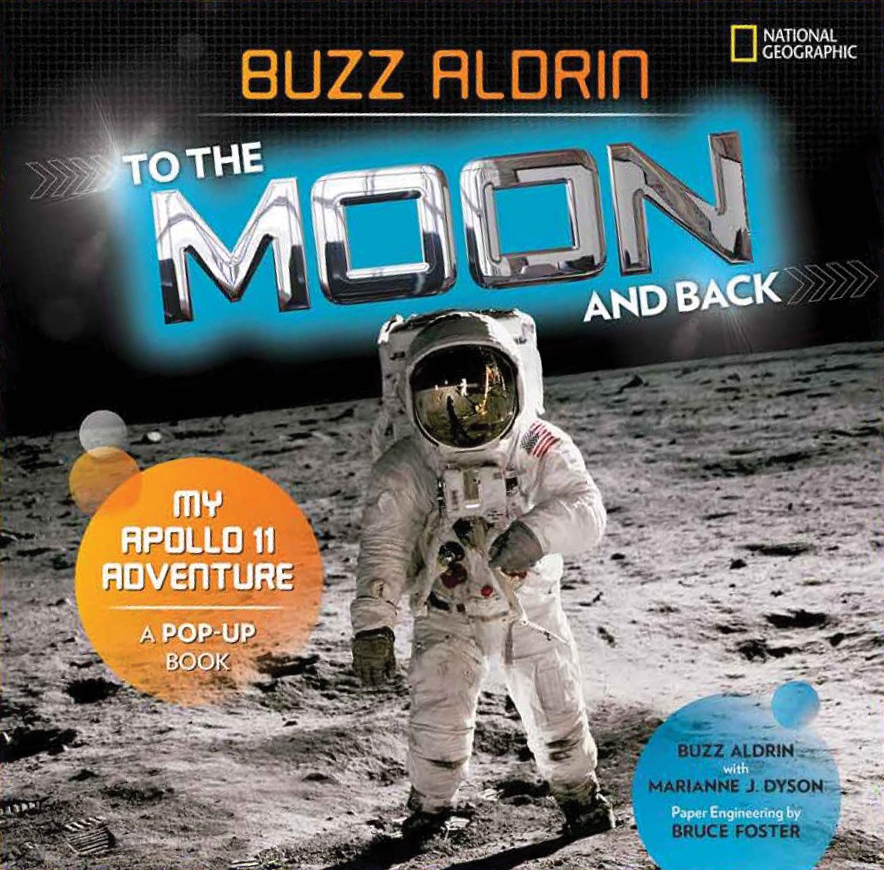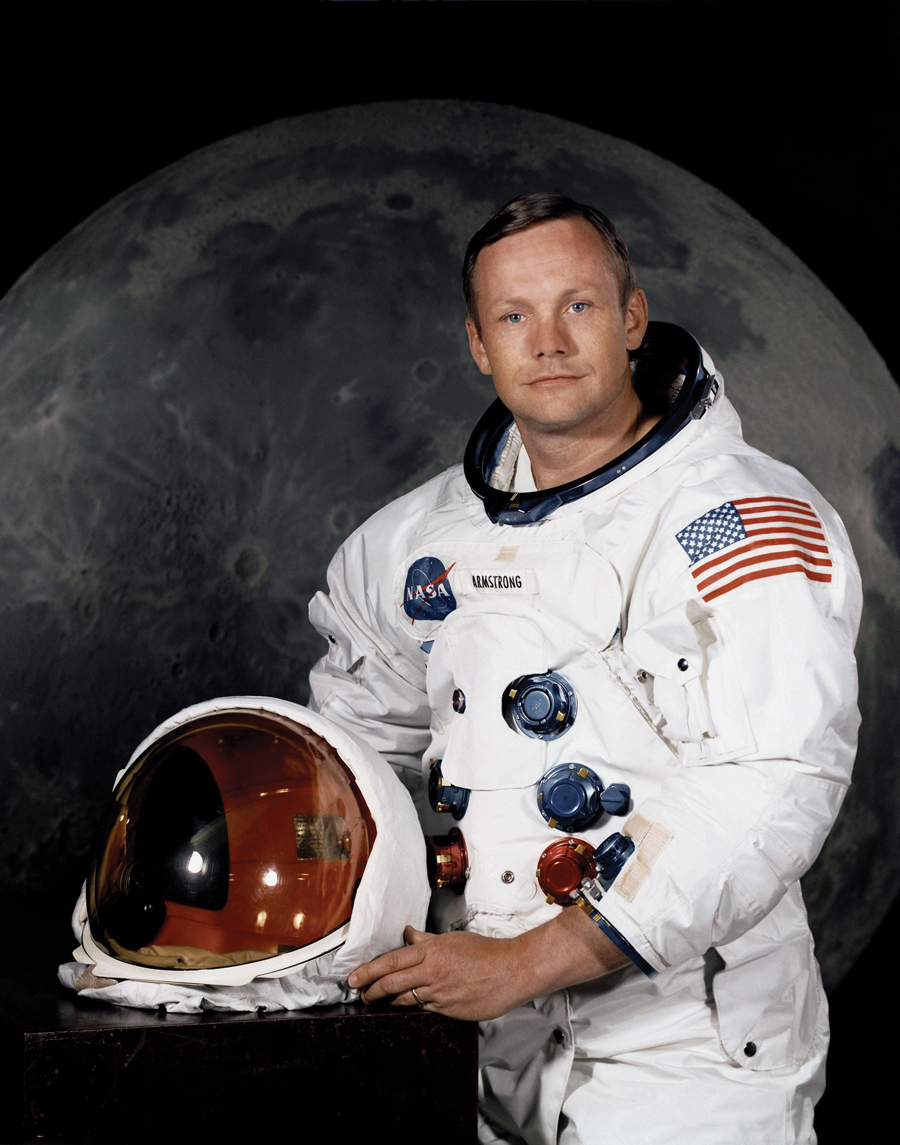
Port Houston Commission Chairman Ric Campos, second from left, arrives at the Bay Area Houston Transportation Partnership reception in his honor at the Marriott Hotel on the Gulf Freeway. Among those welcoming him were, from left, BayTran Chairman Carl Joiner and Lockwood Andrews Vice President Steve Gilbreath and Facilities Engineer Jack Drake.
BayTran welcomes new port chairman
Bay Area Houston Transportation Partnership members got a rare treat when they hosted a reception recently for the new chairman of the Port Commission of the Port of Houston Authority, Ric Campo.
BayTran President Theresa Rodriguez and Chairman Carl Joiner introduced him to the crowd.
The event was held at the Houston Marriott South, where Campo made his way around the room during a Meet and Greet, after which he updated the crowd on Port activities.
Campo, who is chairman and CEO of the Camden Property Trust, was appointed by Harris County and the Houston City Council earlier this year to replace Janiece Longoria, who was term limited.
NASA selects 142 proposals
Managing pilotless aircraft and solar panels that could help humans live on the Moon and Mars are among the technologies NASA is looking to develop with small business awards totaling $106 million. In all, NASA has selected 142 proposals from 129 U.S. small businesses from 28 states and the District of Columbia to receive Phase II contracts as part the agency’s Small Business Innovation Research program.
NASA selected the proposals based on a range of criteria, including technical merit and feasibility, as well as the organizations’ experience, qualifications, and facilities. Additional criteria included effectiveness of proposed work plans and the commercial potential of the technologies.
Three Kuraray facilities win safety awards
Three of Kuraray America, Inc.’s Texas facilities received top honors from the Texas Chemical Council at its annual award banquet June 6. They are:
- Septon Plant, Pasadena: Best in Texas, Caring for Texas, Distinguished Safety Service, Zero Incident Rate, Zero Process Safety Incidents.
- Bayport Plant, La Porte: Zero Incident Rate, Distinguished Safety Service, Zero Contractor Incident Rate.
- La Porte Plant: Caring for Texas, Zero Process Safety Incidents.
TCC’s awards program recognizes member companies for their demonstrated commitment and exemplary results toward safe operations, community awareness, emergency response, security and pollution prevention. Applications are anonymous and judged by a group of industry peers and community members.
“At Kuraray, safety is at the cornerstone of everything we do,” said Tom Abrey, Kuraray’s director of health, safety, environment & security. “We are committed to providing a safe working environment for not only our employees but contractors and visitors alike.”
Kuraray America, Inc. took home 10 awards, including top honor – Best in Texas – for the Septon plant.
Area chamber is a winner
Pasadena Chamber’s website, Chambergram, took first prize honors at the Texas Chamber of Commerce Executives annual convention in El Paso June 17-20.
Not far behind were its entry in the newsletter competition, which took second place in the state competition, and the chamber’s Resource Guide, which also was a second place winner.
The conference provides chamber professionals an opportunity to network, attend educational sessions and take an in-depth look into issues related to leadership, workforce development, membership and how Texas communities fared following the legislative session.




 By Mary Alys Cherry
By Mary Alys Cherry
 By Mary Alys Cherry
By Mary Alys Cherry


 NASA Launch Services Program (LSP) investigators have determined the technical root cause for the Taurus XL launch failures of NASA’s Orbiting Carbon Observatory (OCO) and Glory missions in 2009 and 2011, respectively: faulty materials provided by aluminum manufacturer, Sapa Profiles, Inc. (SPI).
NASA Launch Services Program (LSP) investigators have determined the technical root cause for the Taurus XL launch failures of NASA’s Orbiting Carbon Observatory (OCO) and Glory missions in 2009 and 2011, respectively: faulty materials provided by aluminum manufacturer, Sapa Profiles, Inc. (SPI).
 NASA Administrator Jim Bridenstine is ready to send astronauts back to the moon – and soon. Here’s what he said after the March 26 announcement by Vice President Mike Pence, at the fifth meeting of the National Space Council, about putting American astronauts back on the Moon in the next five years:
NASA Administrator Jim Bridenstine is ready to send astronauts back to the moon – and soon. Here’s what he said after the March 26 announcement by Vice President Mike Pence, at the fifth meeting of the National Space Council, about putting American astronauts back on the Moon in the next five years:

